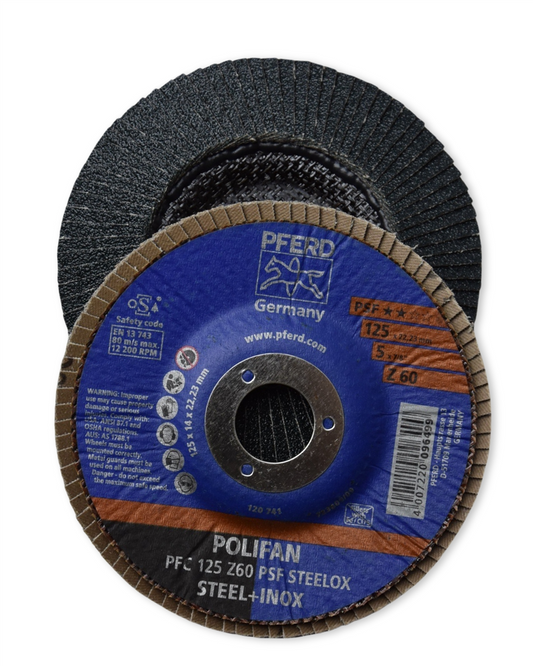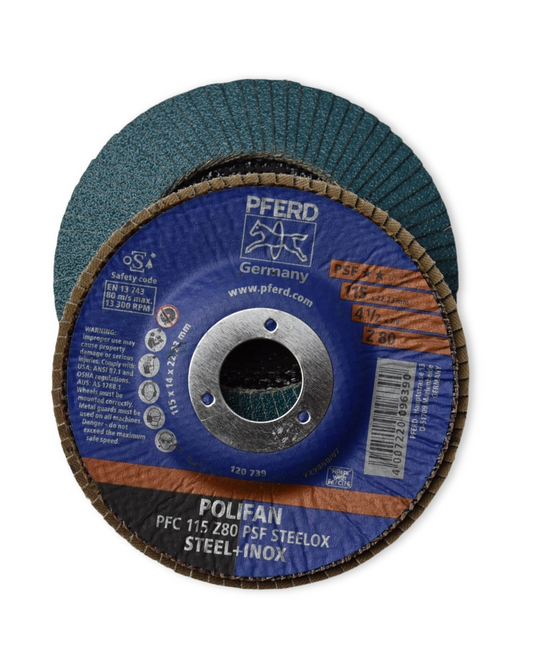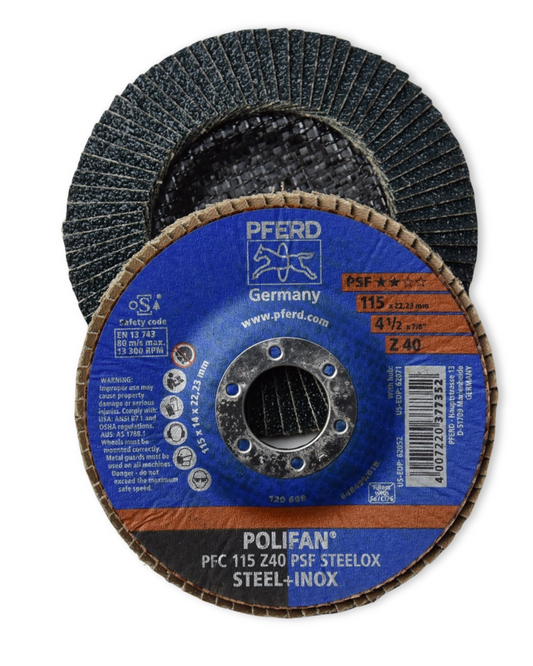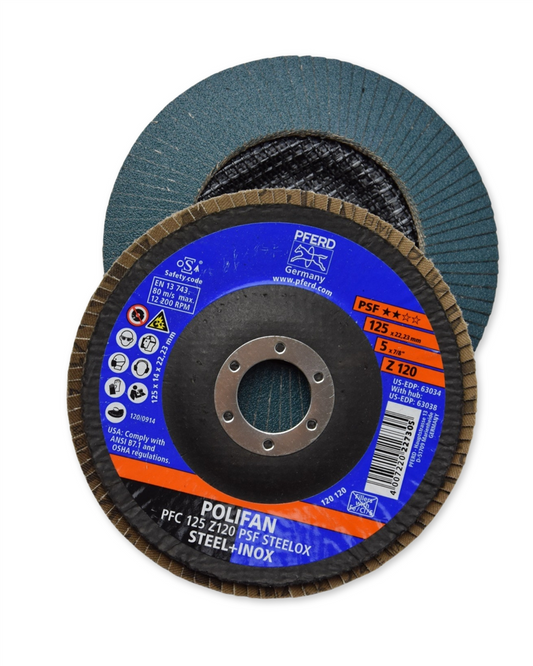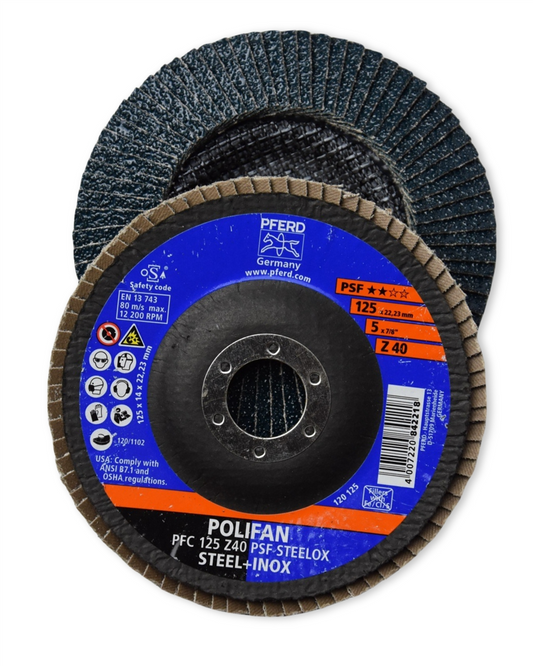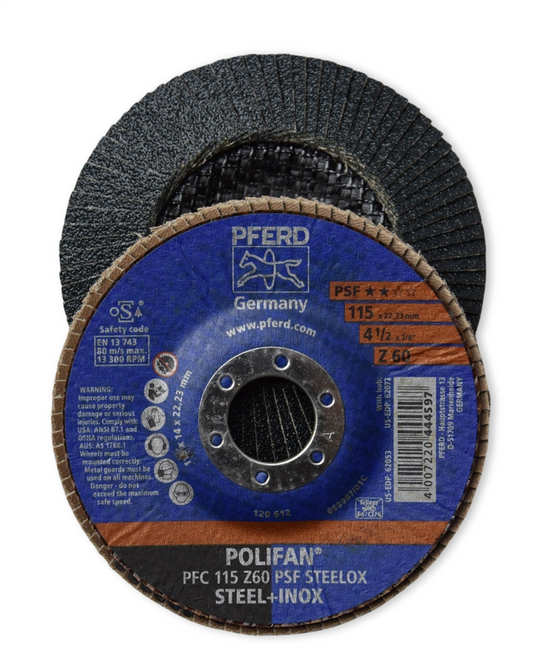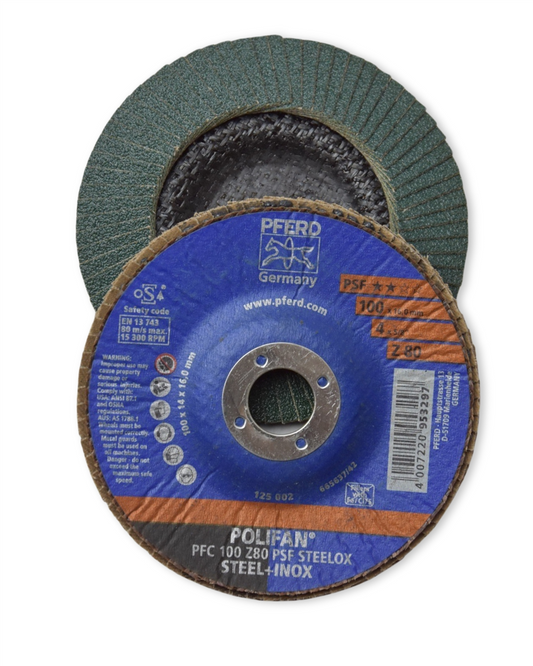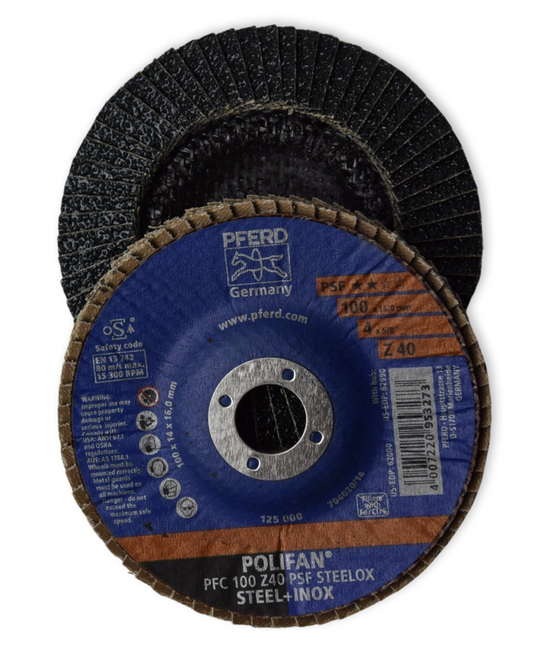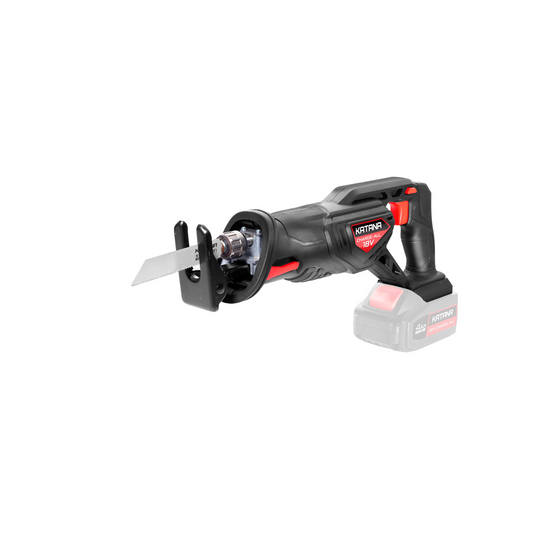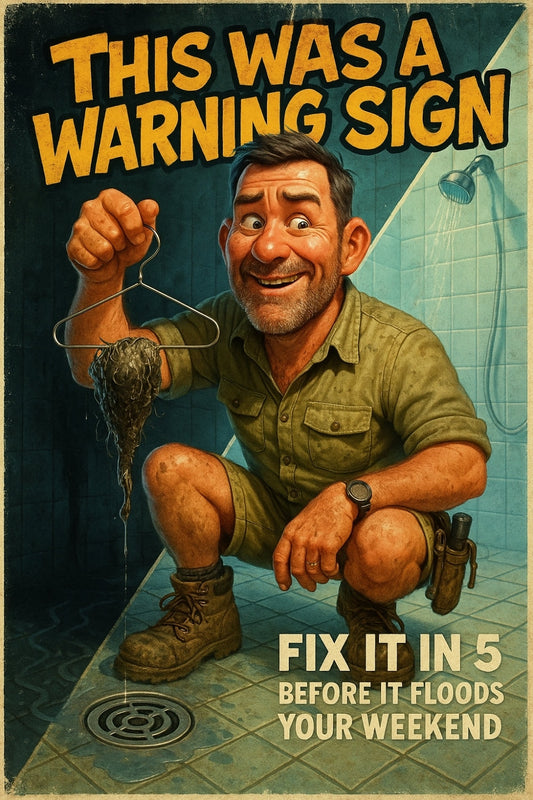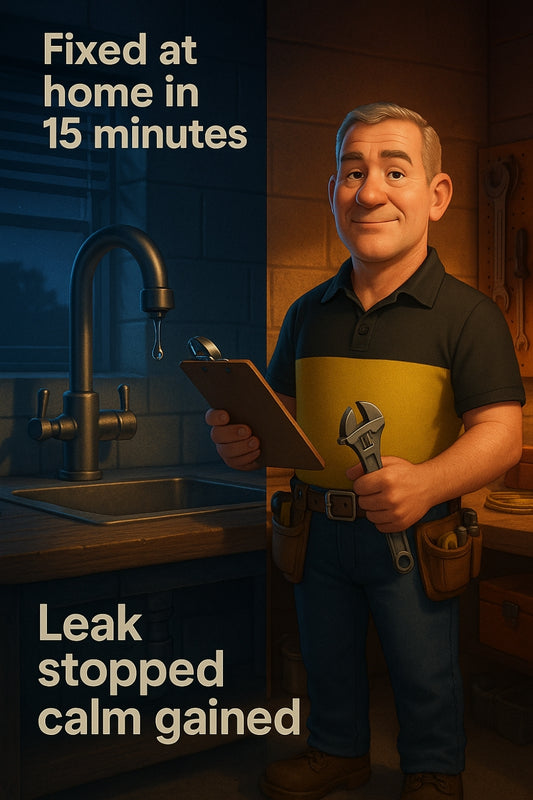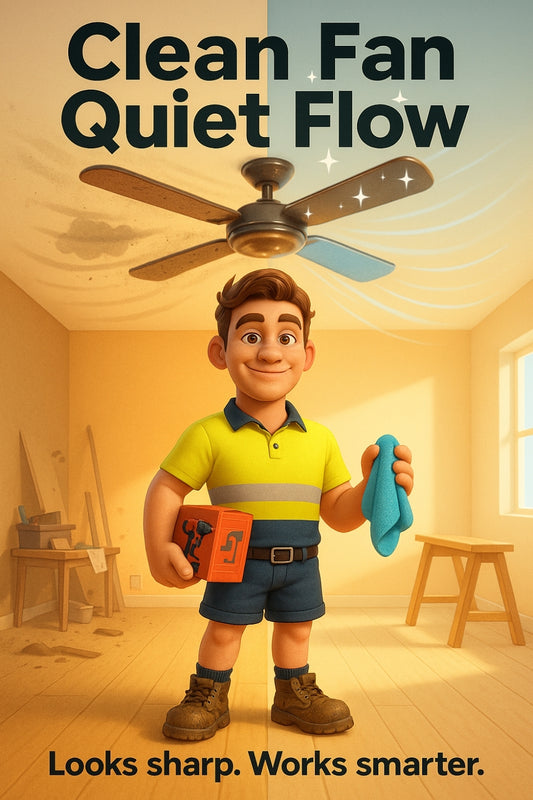How to Choose the Right Hammer for Different DIY and Repair Jobs
Share
Picking the Perfect Hammer for Every DIY Job
There’s something deeply satisfying about swinging a hammer—the weight, the control, the feeling of accomplishment when everything comes together just right. But choosing the right one? Now, that’s where things can get tricky. The wrong hammer can make the job harder than it needs to be, leaving you frustrated or, worse, with a painful thumb. So, let’s break it down and find the perfect tool for your project.
Understanding the Different Types of Hammers
Not all hammers are created equal. They come in a variety of shapes, sizes, and weights, each designed to tackle specific jobs. Picking the right one can make your work faster, safer, and easier. Here are the main types you should consider:
Claw Hammer – The All-Rounder
If you own only one hammer, this should be it. With a flat striking face on one side and a curved claw on the other for pulling out nails, it’s the go-to tool for general carpentry, furniture assembly, and small household repairs.
Ball Peen Hammer – The Metalworker’s Mate
Often used in metalworking, this hammer features a rounded head on one side and a flat face on the other. It’s great for shaping metal, riveting, or working with chisels.
Club Hammer – The Heavy Hitter
Also called a lump hammer, this one has a short handle but plenty of weight behind it. It’s excellent for demolition jobs, driving masonry nails, or breaking up concrete. Think sledgehammer but in a more compact form.
Rubber Mallet – The Gentle Persuader
Perfect when you need force without damage, like positioning pavers, assembling furniture, or tapping materials into place without leaving marks.
Sledgehammer – The Powerhouse
For serious demolition work, knocking down walls, or driving in big stakes, this hammer reigns supreme. Just be ready for a proper workout!
How to Choose the Right Hammer for the Job
Now that you know the basics, here’s how to match the right hammer to your project:
- For general household repairs – A 16oz claw hammer is a reliable choice for hanging pictures, assembling furniture, and small fix-it jobs.
- For carpentry and framing – A heavier 20oz claw hammer provides the extra power you need for driving nails into studs and joists.
- For metalwork – A ball peen hammer is ideal for shaping metal and working with rivets.
- For demolition – A club hammer or sledgehammer will let you break things apart with ease.
- For delicate work – A rubber mallet comes in handy when you don’t want to damage your materials.
Weight and Comfort Matter
A hammer that feels too heavy after a few swings will leave you with tired arms. One that’s too light might not get the job done. It’s best to find a balance—heavy enough to provide the right force but comfortable for extended use. Handle grip also plays a big role. Wooden handles absorb shock, while rubber or fibreglass options provide better grip and durability.
Look After Your Hammer, and It’ll Look After You
Keep your hammer in good condition by storing it properly and giving it a quick clean after use. Check for any cracks in the handle or wear on the head. A well-cared-for tool lasts longer and performs better.
Final Thoughts
Picking the right hammer can be the difference between struggling with a job and breezing through it. Whether you’re putting up shelves, fixing a fence, or taking down an old shed, getting the right tool for the task will make life much easier. If you need help choosing the perfect hammer, pop into Strathalbyn H Hardware for expert advice and a great selection. Happy hammering!
Cheers, Candeece

Stay Connected
Follow our Facebook Page: Strathalbyn H Hardware on Facebook


